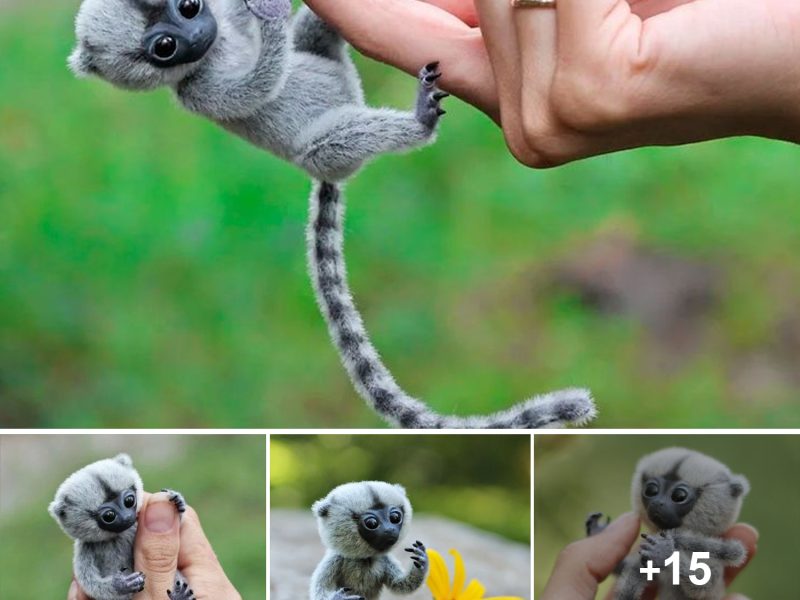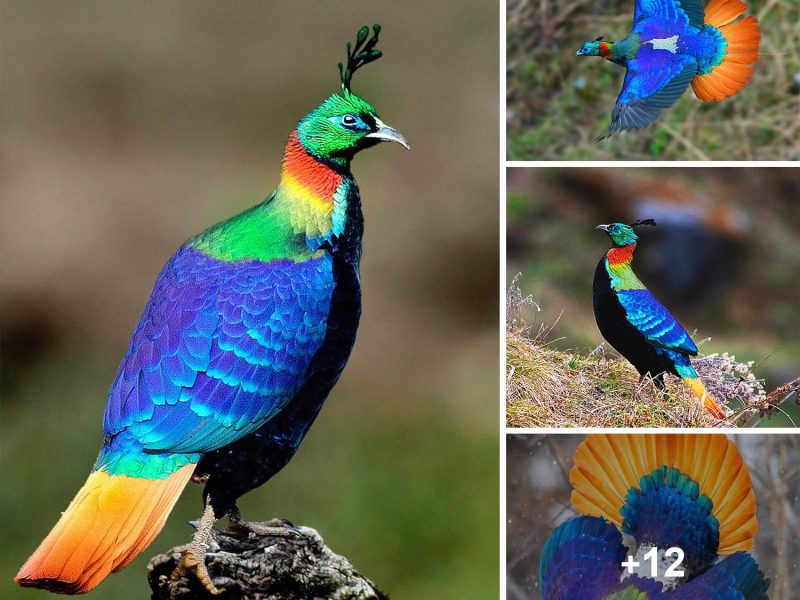Formally known as the ‘Copsychus malabaricus’, the White Rumped Shama can be found in the Western Ghats as well as other parts of India. These tiny birds weigh between 28 and 34 grams and are about 9-11 inches in length.
While male birds are deep black with striking white feathers on the rump and outer tail, female birds are gray-brown and slightly shorter than males. Both, however, have black beaks and pretty pink feet!
Regardless of the gender, White Rumped Shama babies are similar to females, i.e. they’re grayish-brown and their chest is either blotchy or spotted. If you were to visit rich South Asian families you’ll find that some of them have these birds in large cages.
The reason most people prefer to house these birds is because of their rich and melodious voice. They can mimic other birds, but their voice is sharp, loud, clear, and in a variety of tunes.
When foraging for food or when notifying other birds of an intruder, this bird makes a “Tck” sound. This bird’s song was first recorded in 1889 by a captive in Germany using Ludwig Koch’s Edison wax cylinder.
With that, let’s get started with the melodious White Rumped Shama!
The White Rumped Shama
As mentioned previously, these birds are native to South Asia, but in early 1931 they were introduced to Kaua’i, Hawai’i and sometime in 1940, they were brought to O’ahu.
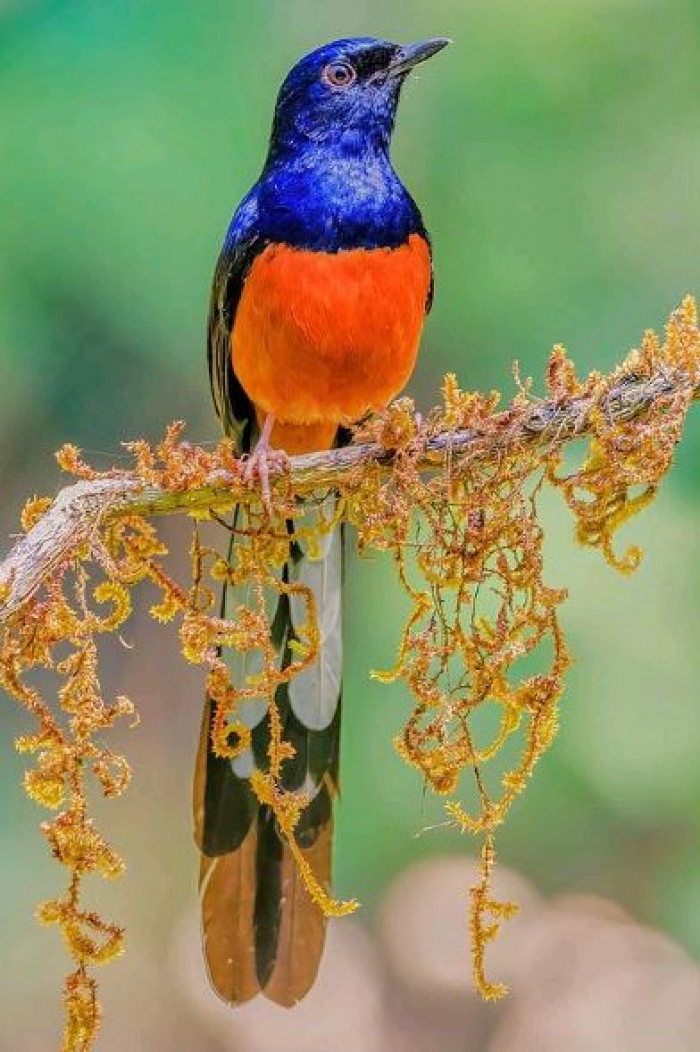
Their Food Habits
When in the wild, these birds prefer eating smaller insects, but in captivity, they can digest a combination of boiled, dried legumes, egg yolk, and raw meat.
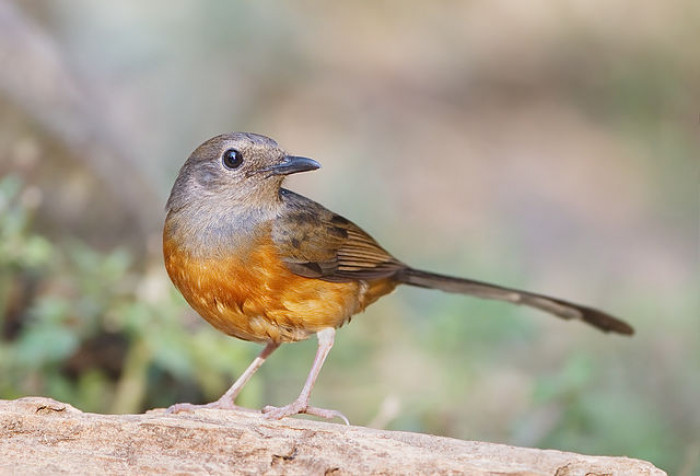
Breeding Season
During the breeding season, which starts in March and ends in August, the males pursue the females. When they find a suitable female, they alight above her, let out a sharp call, and finally fan out their tail feathers.
After this performance, both the male and the female fly in a rise and fall flight pattern, and if the male fails, the female rejects and threatens him by opening her mouth.

White Rumped Shama Chicks
White Rumped Shama nests are pretty simple, comprising of roots, fallen leaves, ferns, and dry stems. There are anywhere between three and five eggs per litter.
Incubation of White Rumped Shama eggs takes between 12 and 15 days. Their eggs are about .7 by .9 inches are either white or light aqua color with visible brown blotches.
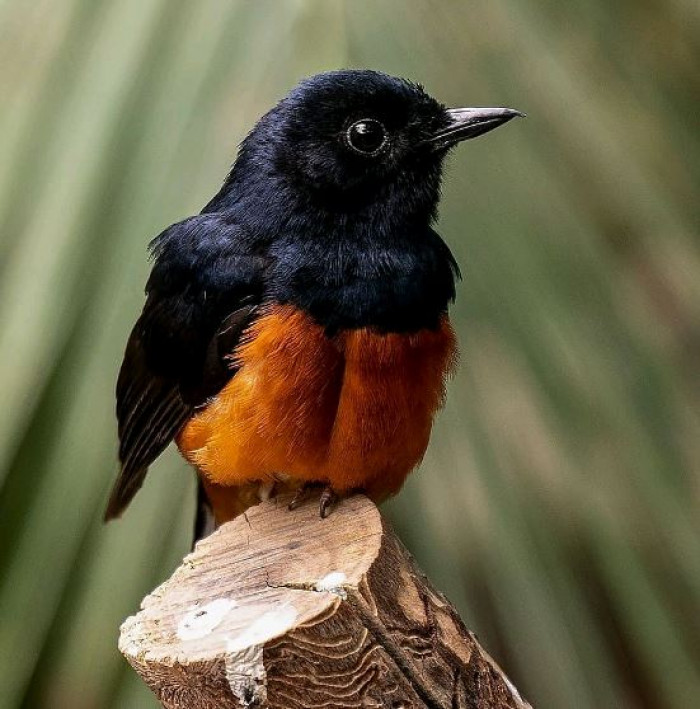
They’re Not Endangered.
Since these birds are found in many other places apart from South Asia, they’re not considered endangered and are thus not added to the International Union for Conservation of Nature (IUCN) list.

How The White Rumped Shama Live
During the mating season males are monogamous, but after breeding season is complete, they can become hostile and pick fights with females. If such behavior is observed, the male should be separated from the female.
Due to this unpredictable behavior, these birds often fly in smaller groups.
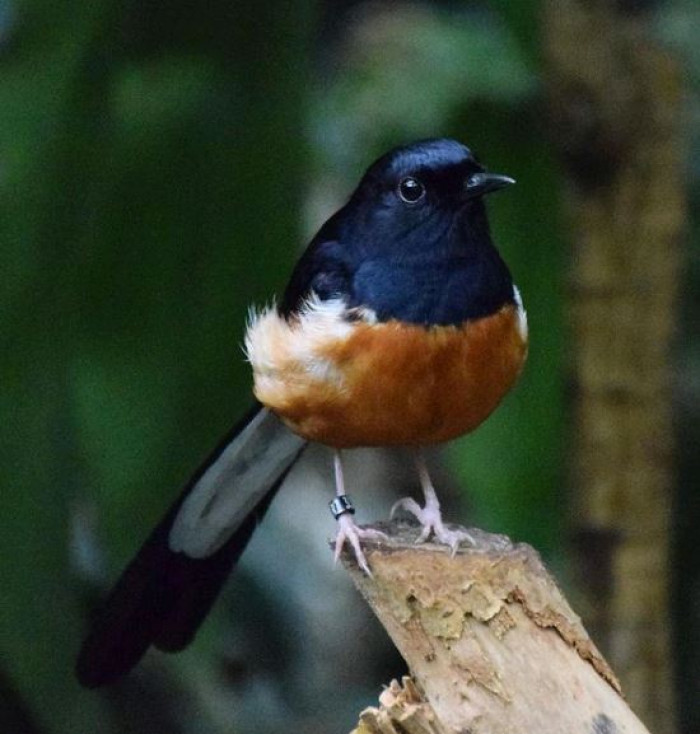
The Lifespan of a White Rumped Shama
These birds can live up to seven years in the wild. Data on how long they live in captivity is undisclosed at this point, but seven years is the standard age limit of birds of the thrush family.

Are These Birds Dangerous?
Not at all! Having said that, they don’t get along with other birds very easily.
They take their own time to mingle with other bird species, and so keeping them caged with other birds could make them aggressive.
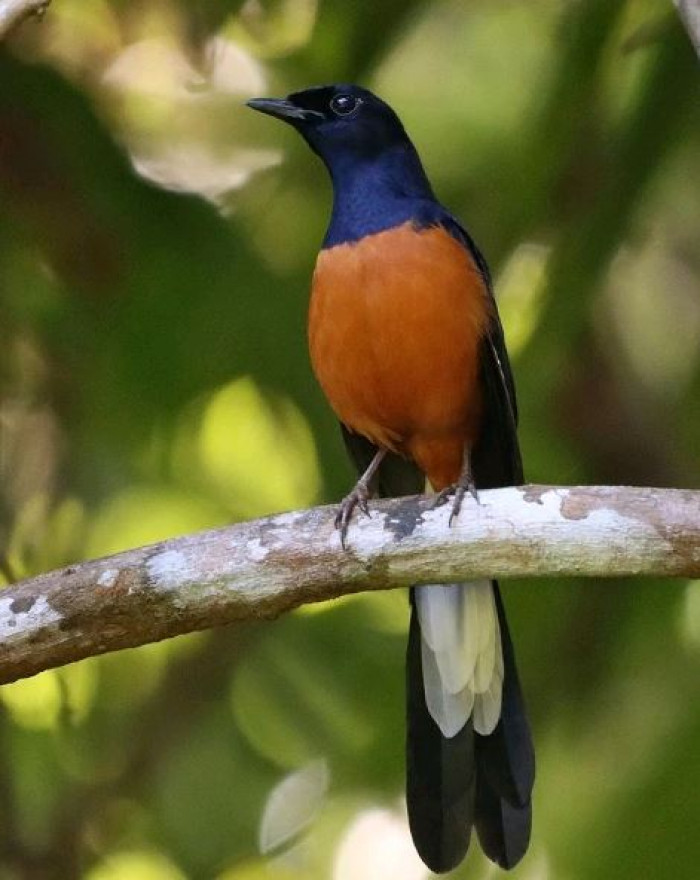
Did You Know?
Between 1976 and 1984, these beautiful birds featured on the $50 currency notes of the Monetary Authority of Singapore’s Bird Series. They also featured twice on Singapore’s 50-cent stamps in 1962 and 1978.
The white-rumped shama is a beautiful bird with a melodious voice, but as we always mention, just because it’s beautiful it doesn’t need to be caged, especially if you have other birds at home.
These birds can be aggressive and can unintentionally become stressed or cause you stress. If you were to adopt one, please read more about their lifestyles and behavior and make an informed decision!
